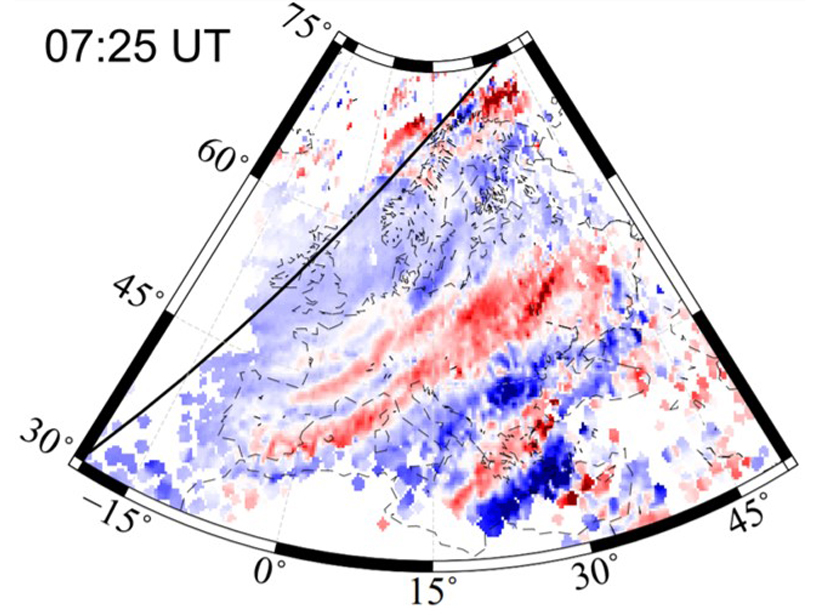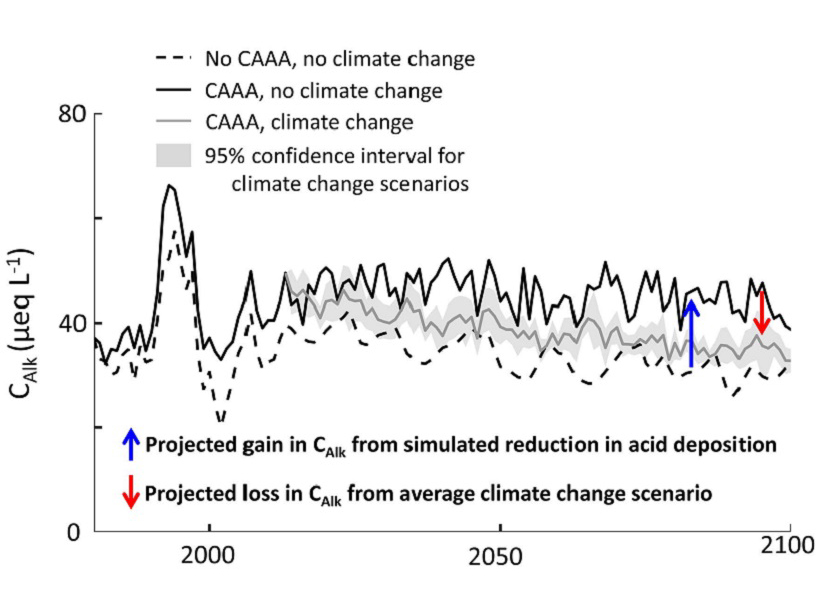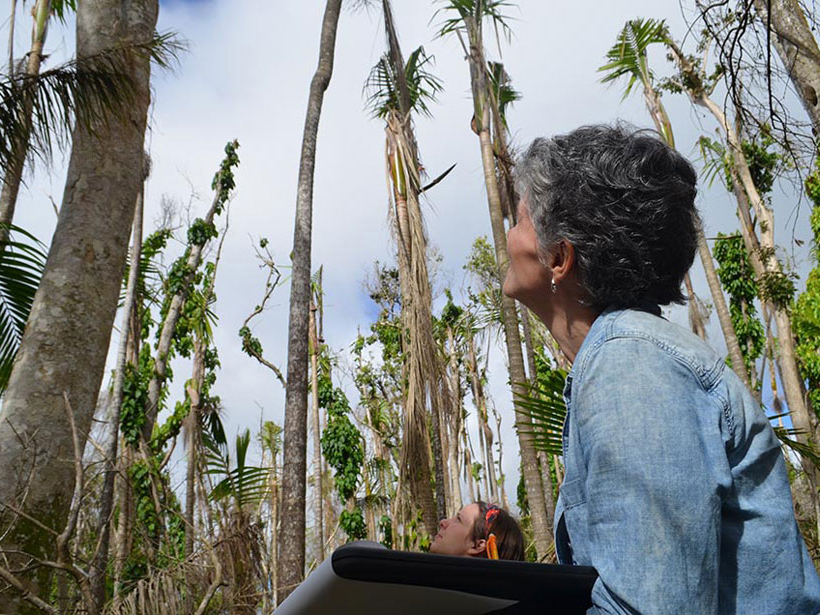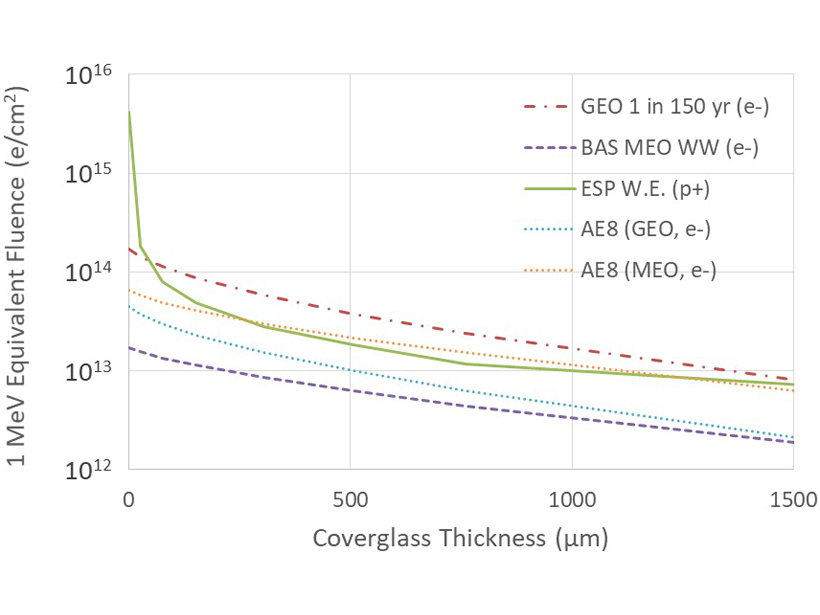A new special issue of JGR: Oceans and JGR: Atmospheres presents new insights into the dynamics of dense water formation in the western Mediterranean Sea and its biogeochemical consequences.
CC BY-NC-ND 2018
Water Resources Challenges Expected to Increase
A new report identifies the highest-priority challenges and recommendations for the U.S. Geological Survey’s water mission.
Seeing Waves: GNSS Tracking of Waves in the Upper Atmosphere
Dense GNSS networks enable scientists to track large-scale waves traveling through the upper atmosphere, away from sources in the auroral zone and the day/night terminator.
Wireless Frequency Sharing May Impede Weather Satellite Signals
The delivery of weather satellite imagery is reliable today, but will it stay that way in the future?
Rejection Doesn’t Have to Hurt: AGU’s Manuscript Referral System
What has been the response of editors and authors to the option of transferring manuscripts from one AGU journal to another?
The Acid Tongue of Climate Change Strikes Our Streams
Clear air policies have led to dramatic reductions in acid rain and improved ecosystem health, but it now appears that climate change could counteract those gains.
Congress Throws Tropical Forest Research Program a Lifeline
Climate researchers and ecologists laud the continuation of effort to fuse data from tropical forests with modeling.
Grassroots Engagement Grants to Support Centennial Activities
Funding will enable activities worldwide run by scientists and institutions that will inspire the world and the science community for the next 100 years of discoveries, innovations, and solutions.
Double Threat to Solar Panels in Space
Protons accelerated in solar storms and electrons accelerated in geospace storms can reduce space mission lifetimes. What is the likelihood of extreme events during geospace storms?
Large Exomoon Likely Orbits a Faraway World
This Neptune-sized object would be the first moon discovered to orbit a planet outside the solar system, provided that additional observations continue to support the claim.










